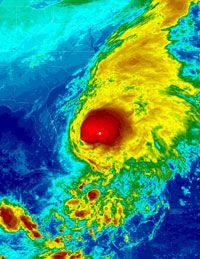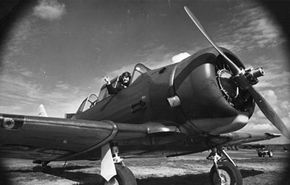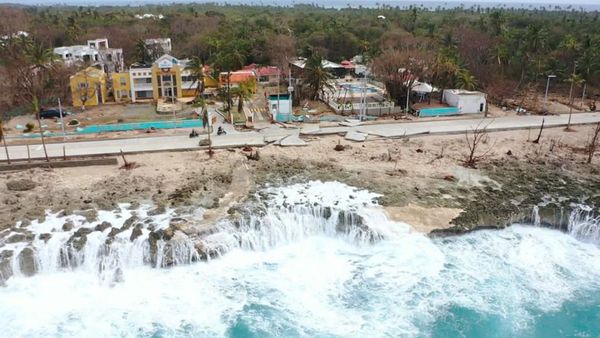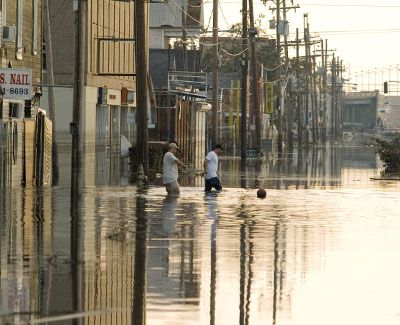On Halloween Day 2007, a tropical storm named Noel by the National Oceanic and Atmospheric Administration (NOAA) escalated. The storm was seated over Haiti, the Dominican Republic, and Cuba, before picking up enough strength from the warm Caribbean air to develop into a Category 1 hurricane as it approached the northwestern Bahamas on Nov. 1, 2007. Hurricane Noel's winds reached 80 mph in the Caribbean before it moved up the Atlantic coast of the United States and finally disintegrated in Nova Scotia.
In its wake, Noel left at least 160 people dead in the Caribbean islands [source: NOAA]. It didn't turn out to be the strongest storm of the 2007 Atlantic hurricane season, but Noel was the deadliest. And the impression it left on meteorologists was enough for the World Meteorological Organization to retire Noel from the list of storm names [source: NOAA].
Advertisement
But in addition to leaving destruction and death in its wake, Hurricane Noel also left behind a breakthrough in scientific research. It was the first hurricane to host the remote controlled airplane called the Aerosonde. This unmanned aerial system (UAS) was developed by NASA and NOAA and launched from Wallops Flight Center in Delaware as the storm approached on Nov. 2. Aerosonde made history as the first unmanned vehicle to fly into the eye of a hurricane [source: WFC]. Eighty miles off the coast of the United States, Aerosonde explored the hurricane wall at altitudes as low as 300 feet (91 meters), sending real-time information about temperature, wind speed and atmospheric pressure back to hurricane researchers.
Like tornadoes, much of how hurricanes work remains a mystery to meteorologists. The information provided by Aerosonde will help researchers better predict what tropical depressions and storms will develop into full-blown hurricanes. Aerosonde represents a huge leap forward in hurricane research. It also signals the beginning of the end of another type of research: Aerosonde and other UASs will eventually replace the people who risk life and limb by flying airplanes into hurricanes.
On the next page, read a brief history of the seemingly insane pursuit of manned flight into hurricanes.
Advertisement



